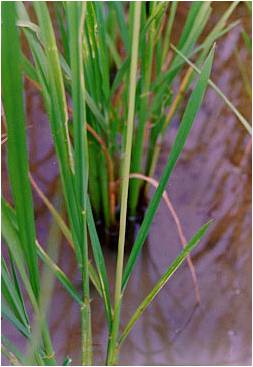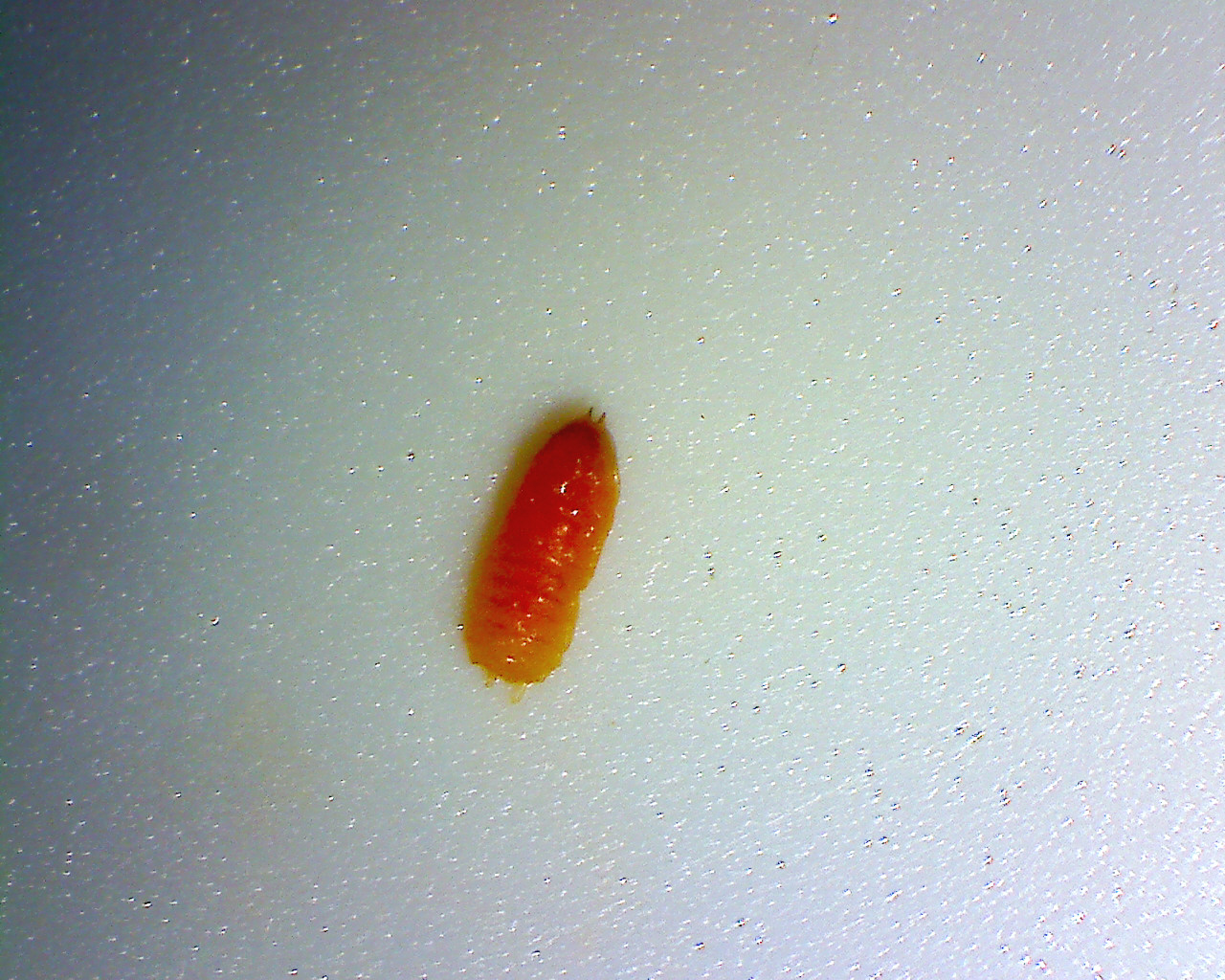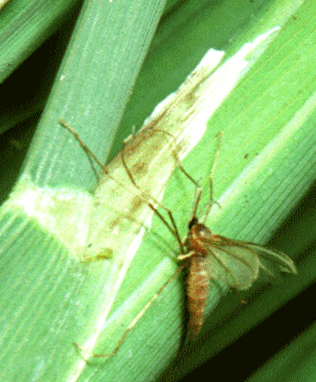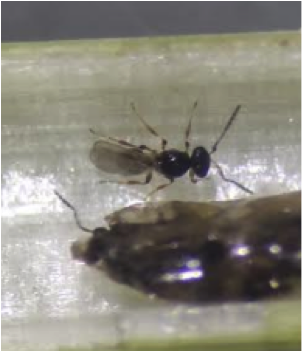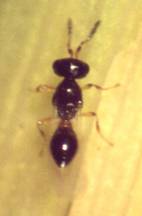
|
||||||||||||||||||||
| Home | About Us | Success Stories | Farmers Association | Farmers' Innovation | Publications | Contact | ||||||||||||||||||||
Crop Protection : Pest of paddy
| ||||||||||||||||||||
Updated on Jan 2023 |
||||||||||||||||||||
Home | About Us | Success Stories | Farmers Association | Farmers' Innovation | Publications | Disclaimer | Contact Us © TNAU. All Rights Reserved 2008 - 2023. |
||||||||||||||||||||
